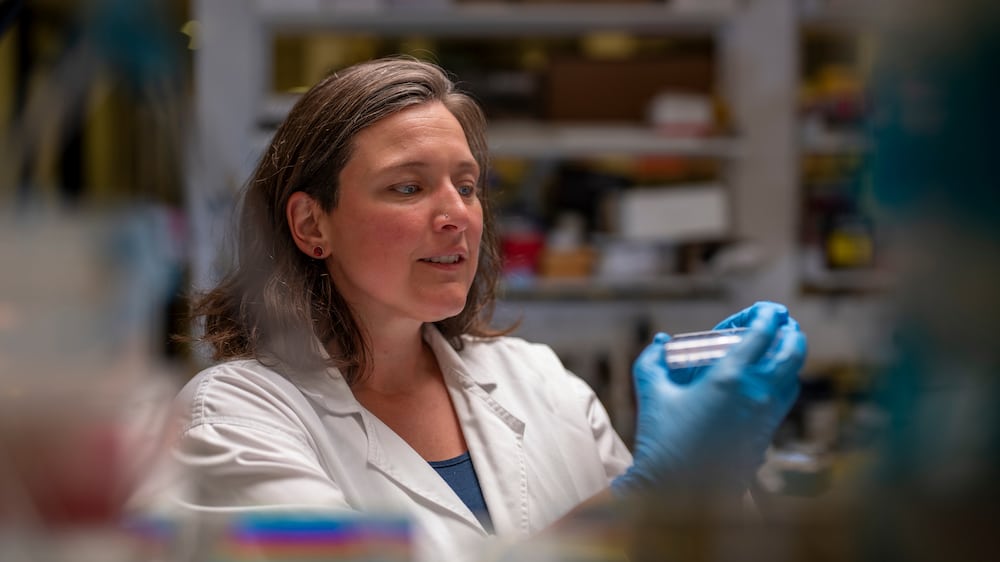ANU researchers are on the track of a cure for multiple sclerosis (MS) and other autoimmune diseases.
In a new study published in Nature Communications, Australian and German scientists have discovered a nasty side-effect of neutrophil extracellular traps (NETs), a bacteria-fighting weapon in the immune system’s arsenal. NETs cause Th17 cells to go rogue and trigger autoimmune diseases like MS.
By understanding how NETs turn Th17 cells from friend to foe, scientists believe they can use targeted therapies to inhibit the bad effects of NETs.
“This discovery provides a novel therapeutic target to disrupt these harmful inflammatory responses,” said lead author Dr Alicia Wilson, from the Johannes Gutenberg-University Mainz in Germany.
“It opens the doors to the development of new therapies targeting this harmful NET-Th17 interaction, hopefully improving treatments for multiple sclerosis and other autoimmune conditions in the future.”
NETs, similar in appearance and function to spider webs, are produced by a subset of white blood cells called neutrophils. They capture and kill nasty bacteria, and protect the body from infection. But as the ANU researchers demonstrate, NETs also have a “dark side”, causing them to manipulate Th17 cells, making them stronger and more dangerous.
Th17 cells are normally beneficial because they defend the body against bacterial and fungal infections, but when over-activated, they can cause serious inflammation. In their aggressive form, Th17 cells promote autoimmune diseases such as multiple sclerosis.
“We found that the NETs cause Th17 cells to become more powerful, which enhances their detrimental effects,” said senior author Associate Professor Anne Bruestle.
Associate Professor Bruestle and a team of international researchers believe a drug designed to treat sepsis could target the bad Th17 cells and provide some reprieve for patients with multiple sclerosis.
“While we cannot prevent autoimmune diseases such as MS, thanks to these types of therapies we hope to treat the condition and make it more manageable for people living with MS.”
The drug was developed by Professor Christopher Parish and his team, also from ANU, and took more than 10 years to make.
“In both mice and humans, a group of proteins in NETs called histones can activate Th17 cells and cause them to become harmful,” Professor Parish explained. “It makes sense that our histone-neutralising drug, mCBS, which was developed to treat sepsis, may also be able to inhibit the undesirable effects of NETs which are linked to driving MS.”
You can read more about the drug here.
This research was a collaboration between the Australian National University, the University of Queensland, and Johannes Gutenberg-University Mainz in Germany.



